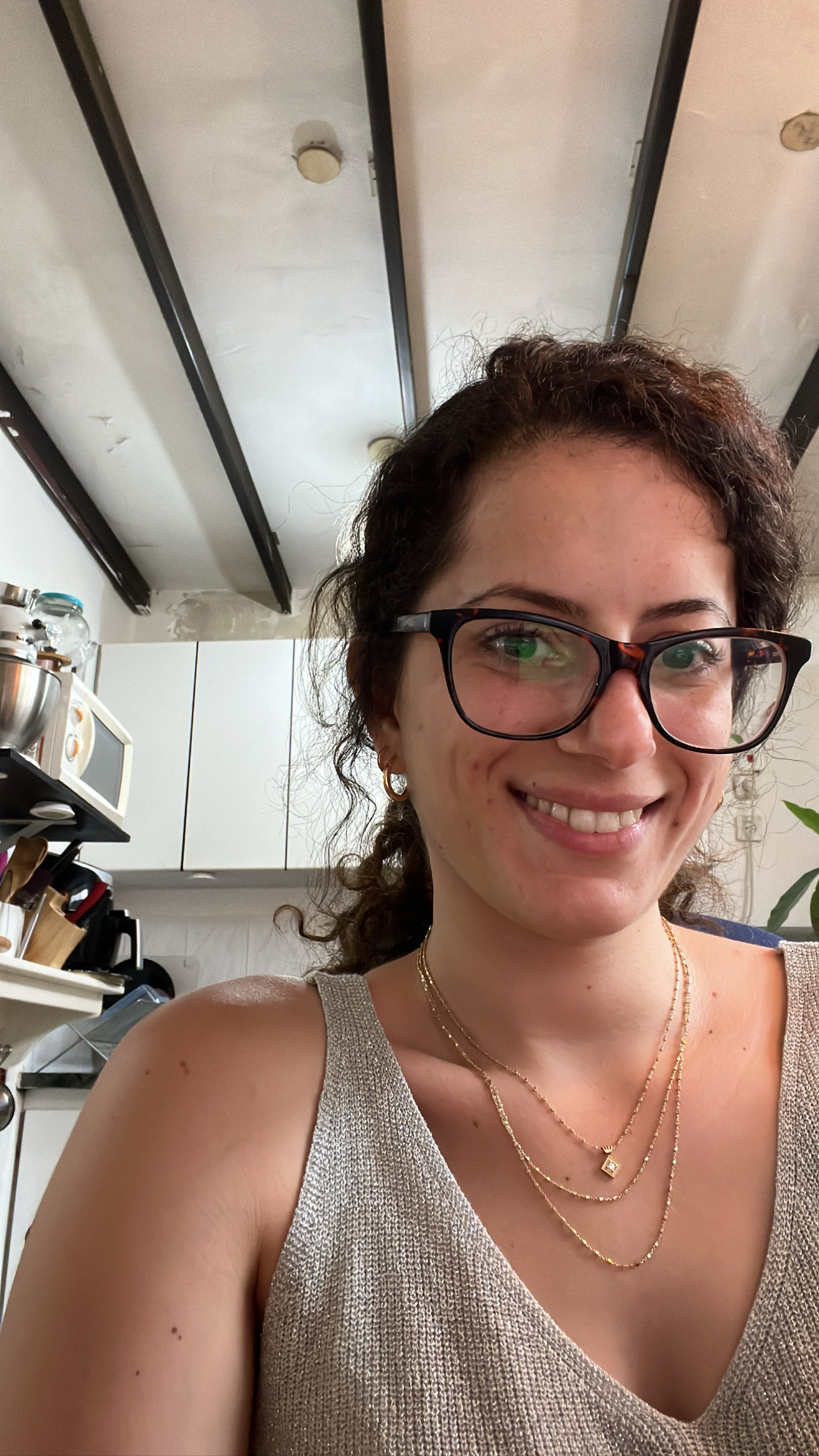The story of Nataf
At 19, three months into my first formal job as an office manager at a law firm, my routine was upended. After three bizarre days, one morning I found I could no longer perform my duties. It began with episodes of numbness, most noticeable in the mornings and evenings. Within three days, I lost the ability to speak, this is the only thing I could describe equipped with videos of the weird feeling of trying to figure it out on those days, I rushed to the hospital in a taxi.
In the ER, as I was walking on hills as a companion to another patient, I was buffeted by the episodic symptoms. After ten days, the doctors diagnosed me with Moya Moya disease, a condition I’d been unknowingly battling for four years. What was it? How could it be treated? Within a month, we explored surgical options, consulted with six local and seven international professors, and navigated insurance coverage. The dilemma was whether to undergo treatment in Boston, Switzerland, or Germany. What will provide you with the best option of a good life? choose a simpler indirect surgery that would require six months for blood vessels to grow or a more complex procedure for immediate blood flow restoration? What surgeon has more than 50 surgeries experience?
“This is the worst case of Moya Moya disease we’ve seen in Israel,” the doctors said. As the disease rapidly progressed, causing three-hour-long strokes, we discovered a treatment worth one million NIS that could offer me the best possible life. Within a month, I was in Switzerland for preliminary tests unavailable in my home country, followed by a 12-hour surgery in Germany to restore my brain’s blood supply. I spent a full month in Germany relearning how to walk and waiting for my facial swelling to go down. Another surgery was planned four months later but was delayed due to complications related to the original disease and the effects of oxygen deprivation.
A year passed, and it was all behind me, then I could begin my 20th and adulthood again.
I wasn’t ready to be defined by my disability. Seeking the best option of living, I moved to a new city, surrounded by people who weren’t afraid of my mortality, which allowed me to truly live.
Professional rehabilitation only began two years later, and my journey into adulthood had already been long… and will hopefully continue to be. Life isn’t meant to be easy, but by confronting our disabilities, inner doubts, fears, and vulnerabilities head-on, we can surpass them. We must never cease searching for solutions to meet our needs to unlock our growth.
Since then and until now I’ve always pushed hard on the road to a greater life.
